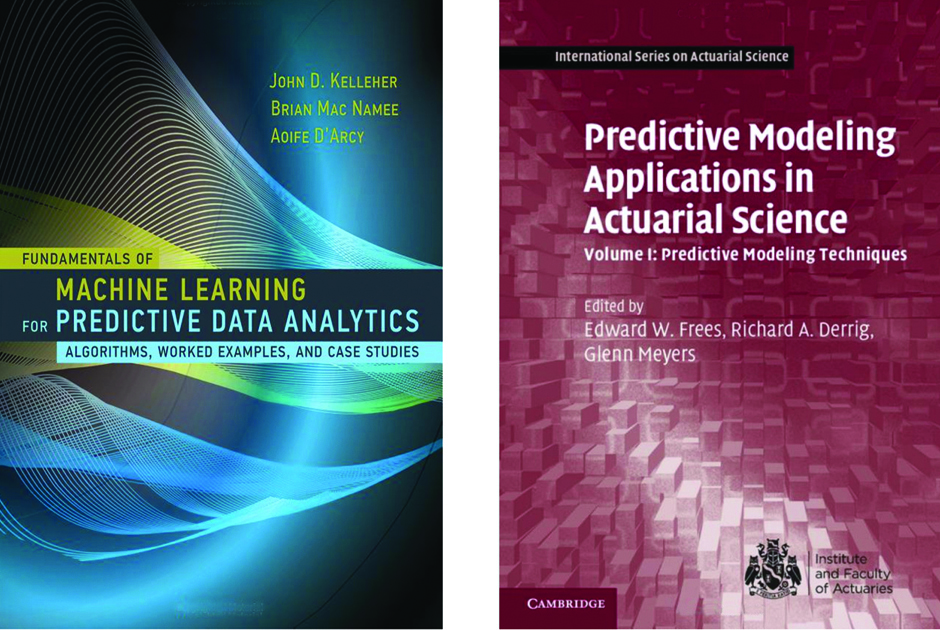Social Determinants of Health—Where Is the Evidence of Efficacy?
I found the social determinants of health (SDOH) article in the May/June issue of Contingencies (“Social Determinants of Health—Toward a More Holistic Look at Wellness”) to be very interesting, as in addition to being an actuary I’m also a health services researcher. Health services research is interested in access, quality, costs, and health outcomes.
It seems that the focus of the article was to provide some background about SDOH to actuaries. But as is typical of articles about SDOH, very little evidence is provided that SDOH initiatives improve the health of those who take advantage of the services offered.
As actuaries, I believe we should emphasize the evidence. I also believe we should not be afraid to respectfully point out to advocates of SDOH from public health and other disciplines that evidence is sorely lacking, and evidence is very much needed. I view that as part of our responsibility to the public—to stand up for financial responsibility and sustainability, particularly with regard to public funds.
From what I have seen in my time in academia, many public health advocates and policymakers are not focused on these sorts of financial accountability that are part of our training, our responsibility as leaders in corporations, and our responsibility to the public as actuaries. I strongly believe that actuaries are making our best contribution to society when we speak out on matters such as this. I believe we should not just aim to make actuaries aware of new ideas in such areas as public health, health care delivery, and health policy—we should also aim to look at the new ideas critically and voice our views and concerns as actuaries.
Gayle Brekke, MAAA, FSA
Parkville, Mo.

More on George E.P. Box
Artificial intelligence (AI) is going to change all professional work—including actuarial work. Machine learning (ML) and predictive analytics (PA) are tools of AI. Paul Conlin’s article (“Finding George E.P. Box,” Contingencies, May/June 2020) is an aid to all of us who want to learn the statistical methods behind new techniques, but he doesn’t mention texts that are dedicated to ML and PA.
As someone who has been catching up on my learning over the last five years, I’d like to recommend two books that are particularly helpful that I discovered while reviewing the Society of Actuaries’ ASA and FSA syllabi: Machine Learning for Predictive Data Analytics by Kelleher, Mac Namee, and D’arcy; and Predictive Modeling Applications in Actuarial Science: Volume 1 edited by Frees, Derrig, and Meyers.
But I also want to echo Paul’s kudos to George E.P. Box. I have several bookshelves of classical and modern texts on statistical theory, methods, and applications (parametric and non-parametric). If you want to understand the fundamentals and rationale of Bayesian analysis with real-world examples, you will find it in Box’s 1973 edition of Bayesian Inference in Statistical Analysis that he co-authored with George Tiao.
Roy Goldman, MAAA, FSA, CERA
Jacksonville Beach, Fla.





